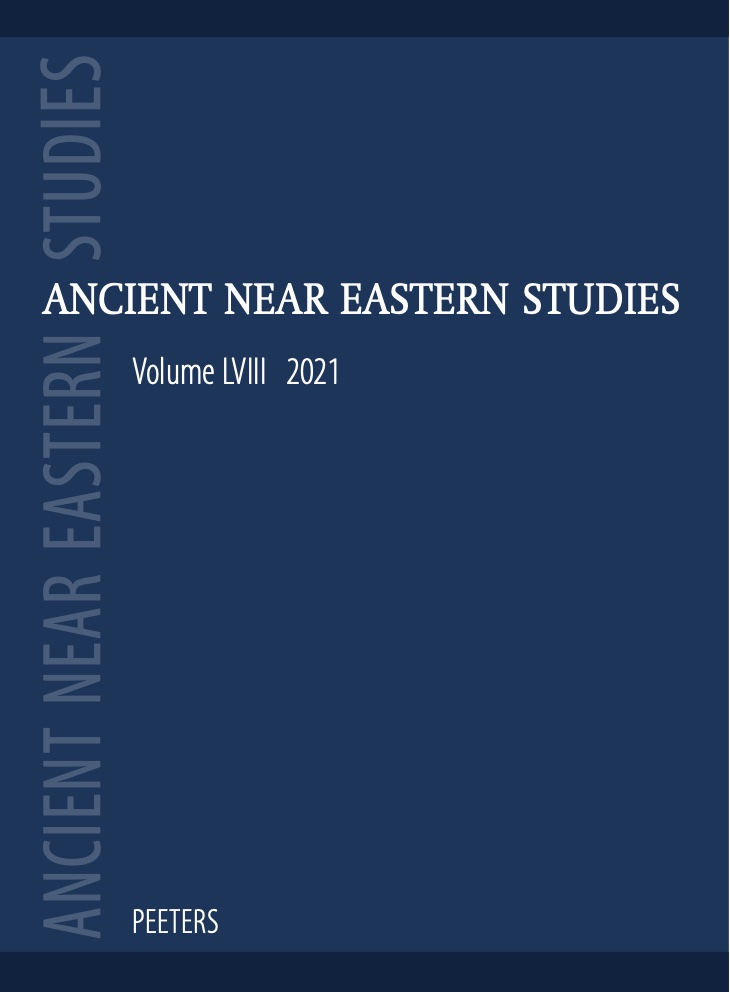 previous article in this issue previous article in this issue | next article in this issue  |

Preview first page |
Document Details : Title: GaRKAP 2018 Subtitle: The First Season of the Azero-Italian Ganja Region Kurgan Archaeological Project in Western Azerbaijan Author(s): LANERI, Nicola , JALILOV, Bakhtiyar , CRESCIOLI, Lorenzo , GUARDUCCI, Guido , KNEISEL, Jutta , POULMARC'H, Modwene , RICCI, Andrea , VALENTINI, Stefano Journal: Ancient Near Eastern Studies Volume: 56 Date: 2019 Pages: 135-162 DOI: 10.2143/ANES.56.0.3286814 Abstract : The Ganja Region Kurgan Archaeological Project (GaRKAP) is a joint Azero-Italian project that aims at investigating the spread of the tradition of burying the dead in large funerary chambers covered with circular tumuli — that is, kurgans — in the southern Caucasus during a period ranging from the fourth to the first millennium BCE. It is in this region that large numbers of kurgans, dating to the Early Bronze Age (that is, the Kura-Araxes period) through to the Iron Age, have been identified. In particular, the funerary tumuli dated to the Kura-Araxes period reveal a common mortuary custom of multiple human depositions inside a large chamber that is burnt at the conclusion of ritual practices; the Late Bronze/Early Iron Age burials, on the other hand, are smaller in size and usually present single or double human depositions, furnished with bronze objects and, in some circumstances, the skeletal remains of equids. This paper will present the results of the first season of the archaeological work performed in western Azerbaijan, in the Ganja-Gazakh region. More specifically, it is focused on 1) the city of Ganja, where a series of Late Bronze/Early Iron Age kurgans are located, and 2) the steppe of Uzun Rama, along the valley of a creek affluent of the Kura River in the Goranboy district, which is marked by the presence of large kurgans dated to the late fourth millennium BCE and characterised by collective burials. |
|


